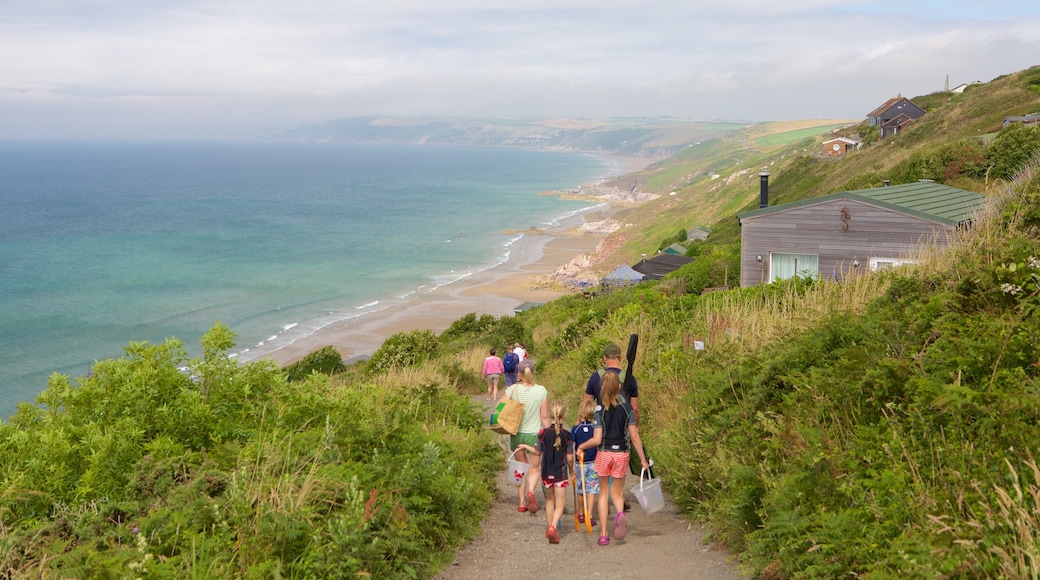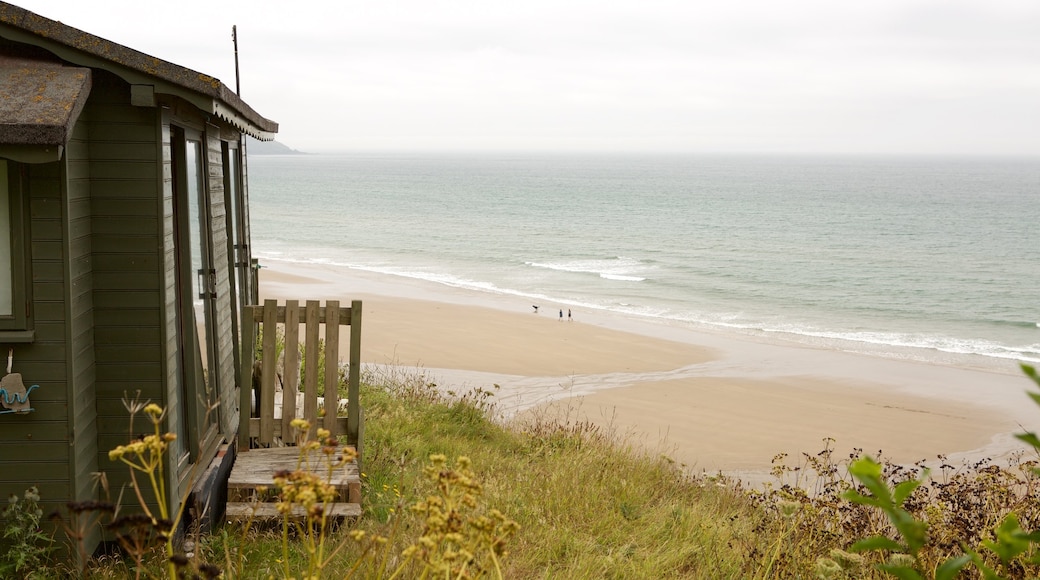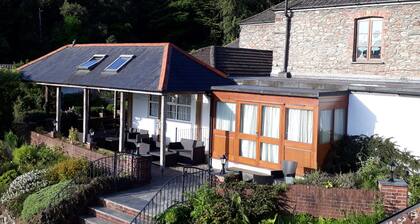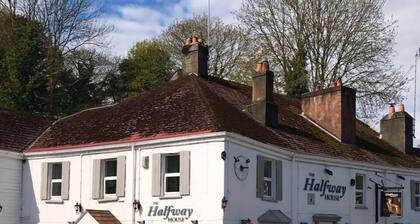Soak up the sun on Whitsand Bay Beach. Walk the sands and take in the scenery or swim out in the sea. Grab a board and go surfing or dive among the submerged wrecks hidden in the bay.
Whitsand Bay Beach is actually made up of four sand beaches which join together at low tide. In 1859 the bay was identified as a weak point in the military defenses of Plymouth and two forts were built here. Find these fortifications here today Fort Trengantle is still in use by the military, while the Polhawn Battery was sold in 1927 and is now a hotel. Today the beach is popular with surfers, divers and walkers.
Head down the cliff paths from the parking lots at either end of the beach to reach the sands of the bay. Stretch out on the sand and relax in the sun. Go for a walk along the beach and peer into rock pools to see what you can find. Cool off with a dip in the Cornish Sea, but be aware that there are strong currents farther out.
Bring your surfboard and hit the waves or or head below them on a diving trip. Out in the bay you’ll find a number of shipwrecks forming artificial reefs. Explore the HMS Scylla, a former navy frigate which was scuppered in 2004. Nearby you’ll find the remains of the James Eagan Layne, a U.S. liberty ship sunk by the Germans in World War II. You can also find the remains of the HMS A7, an early Royal Navy submarine. These are classified as controlled sites, however, and require special permission to dive.
Whitsand Bay Beach is 24 miles (38 kilometers) from Plymouth by car. Park at either end of the bay, near Tregantle Fort or at Sharrow Point. Alternatively, take the Torpoint ferry 7 miles (11 kilometers) from Plymouth. Access to the beach can be difficult, with steep and uneven paths. The bay is dog friendly. Be aware that the beach is closed during Tregantle’s firing range practice and that the ocean has strong rip currents.










